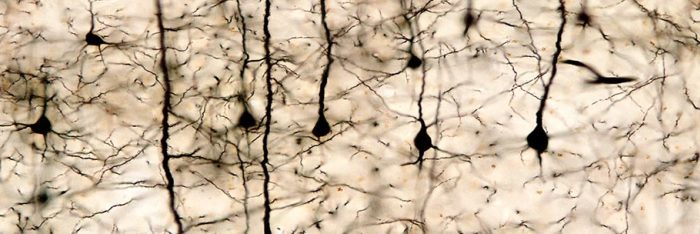News
3D printing bone tissue
Jun 28 2022
We’re excited to win the Elsevier Atlas Award – given for research that could significantly impact people’s lives around the world.

Check out our research here – 3D printing of layered brain-like structures using peptide modified gellan gum substrates
The following is an excerpt from the full article and podcast published here on Elsevier.
Our brains are amazing: they control our movements, thoughts and memories, regulate our body temperature and influence our emotions. But they’re also the source of neurological disorders, cognitive disabilities and psychological problems. Understanding the brain is helping scientists build a clearer picture of neurodegenerative diseases like Alzheimer’s disease, but that picture has been in two dimensions – until now.
Researchers at the University of Wollongong in Australia and the University of Texas at Dallas in the US have figured out how to make more accurate models of the brain – using 3D printing. Their Elsevier Atlas award-winning article was published recently in Biomaterials.
At two percent of our body weight, and made up of 100 billion nerve cells, the brain is a hugely complex organ. Scientists can study the brain using animal models, but in recent years much work has gone into seeking alternatives, with the support of organizations like the National Centre for the Replacement, Refinement & Reduction of Animals in Research (NC3Rs).
One such alternative is creating models of brains in the lab: growing brain cells in a structural material that lets scientists observe what happens in the tissue. Until now, it has only been possible to do this in two dimensions, producing sheets of cells.
Professor Gordon Wallace and his colleagues have come up with a way of creating layered 3D structures that mimic the brain more closely, using 3D printing.
Read more here on Elsevier.













